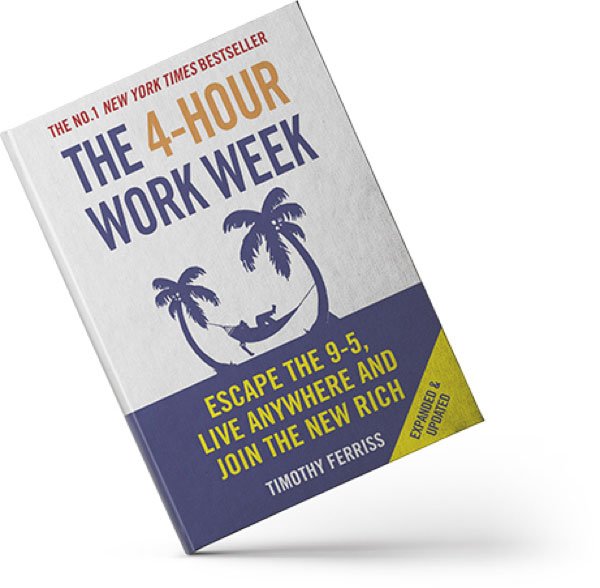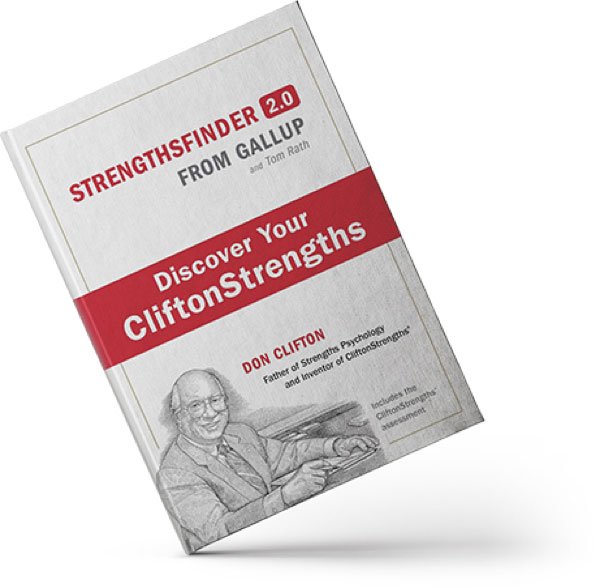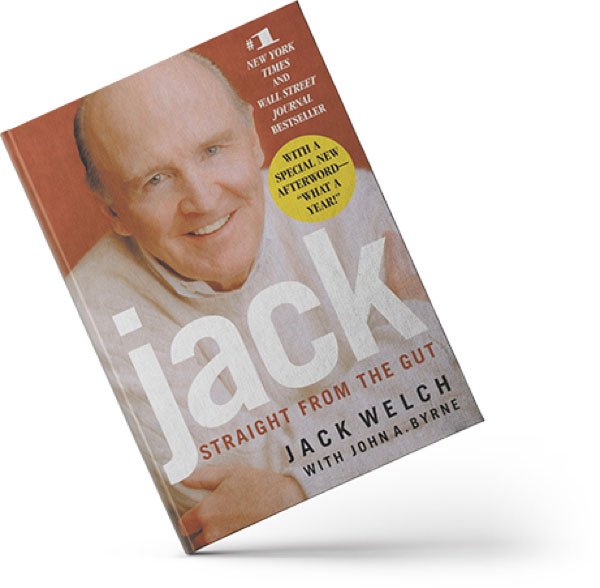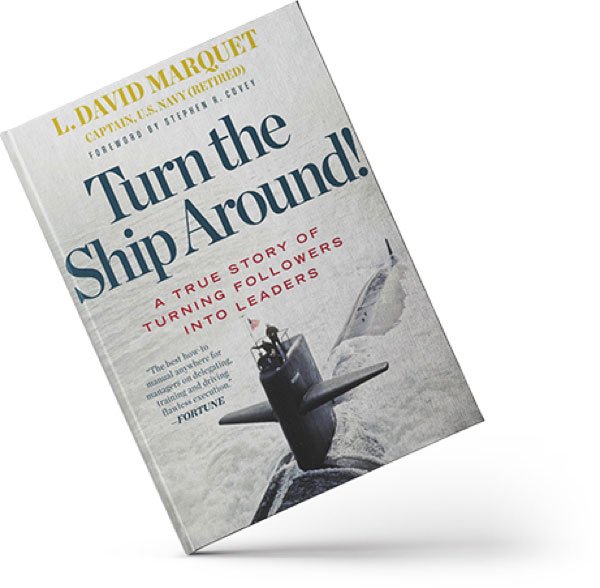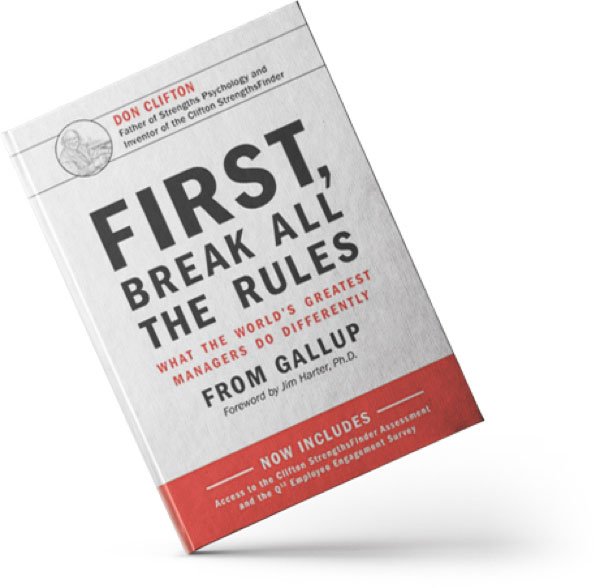At CP, we support founders and shareholders across the full financing spectrum – from early stage, high-growth fundraises to later stage exits of profitable businesses, including PE deals where clear visibility to, or delivery of, £2m+ EBITDA is key.
So, when it comes to your selling your business, we appreciate timing, preparation and execution are everything. Right on cue, in our recent webinar, Delivering the Exit, we brought together Steve Leith, Head of Tech & High Growth at CP, Simon Nichols, Transaction Services Partner at CP, and Nick Lally, Founder & CFO of Ravelin Technology, to unpack what it really takes to deliver a successful exit.
Nick recently led Ravelin through a high-profile sale to Worldpay. Here’s what we learned from his experience – and how you can apply it to your own exit journey.
Start Early: Exit Readiness Is a Long Game
Nick’s first piece of advice? Start preparing years in advance.
Ravelin began thinking about exit timing well before any formal process began. With long-term investors like Passion Capital on board for nearly a decade, there was no immediate pressure – but the team knew that VCs eventually need to return capital.
So, they began laying the groundwork:
- Building visibility: Publishing growth updates, customer wins and thought leadership on LinkedIn and in the press.
- Engaging with bankers early: Nick met dozens of investment bankers over several years, building relationships and getting introductions to corporate development teams at potential acquirers.
- Seeding the market: These early conversations helped buyers track Ravelin’s progress over time, building credibility and interest.
Top tip: Exit readiness isn’t just about financials – it’s about positioning your business in the market long before you go to sale.
Vendor Assist & VDD: The Power of Preparation
CP’s Transaction Services and Tech & High Growth teams supported Ravelin with both Vendor Assist (VA) and Vendor Due Diligence (VDD) – two critical tools in the exit readiness toolkit.
Vendor Assist (VA)
This early-stage desktop review helped Ravelin identify high-level risks, such as permanent establishment tax issues in Germany, well before going to market. It gave them time to act, reducing the risk of price chips later.
Vendor Due Diligence (VDD)
A more in-depth, independent review of financials and tax, VDD provided a robust, comprehensive report to bidders which the eventual purchaser could place reliance on. This:
- Reduced the volume of buyer-side due diligence (& associated disruption to Ravelin)
- Created a consistent, credible financial narrative
- Allowed Ravelin to control the timeline and maintain momentum
Simon Nichols noted that VDD is especially valuable when multiple bidders are involved, helping ensure “apples-to-apples” bid comparisons and reducing disruption to management to allow them to focus on running the business.
Top tip: Investing in VA and VDD early can save time, reduce stress and protect value during the deal. These processes are integral to the transaction execution process, and CP Deals can provide comprehensive sell-side support from start to finish.
Timing the Market: When to Pull the Trigger
Ravelin’s decision to go to market was driven by a combination of strong business performance and external factors:
- Major customer wins
- Clear line of sight to profitability
- A robust pipeline of high-value deals
- Concerns about macroeconomic uncertainty (e.g., US elections)
Nick emphasised the importance of realistic forecasting. “You need to hit your forecast every month during the process,” he said. “That’s how buyers gain confidence.”
Top tip: Don’t wait for perfection. Look for alignment between internal performance and external conditions, and be ready to move quickly with the support of your advisers when the stars align.
Presenting the Right Numbers: ARR, Adjustments & Storytelling
In tech deals, ARR (Annual Recurring Revenue) often trumps EBITDA. But presenting ARR accurately – and persuasively – requires nuance.
Simon explained how CP helped Ravelin:
- Differentiate between historical and contracted ARR
- Justify ARR adjustments for new contracts not yet delivering revenue
- Smooth out anomalies (e.g., billing errors) to present a clearer growth story
This work fed directly into the VDD and banker’s financial model and helped buyers understand the current ‘run rate’ and true trajectory potential of the business.
Top tip: Numbers tell a story. Make sure yours are accurate, defensible and aligned with your growth narrative.
Managing the Process: Project Management & Delegation
Exit processes are intense, and Nick described juggling:
- Legal negotiations
- Financial Q&A
- Internal leadership responsibilities
To manage his time and use his skill sets efficiently, he leaned heavily on his advisers:
- Bankers managed timelines and bidder communications
- CP handled Bidder Q&A responses and data requests
- Internal leaders stepped up to run day-to-day operations
This allowed Nick to focus on high-value tasks without becoming a bottleneck.
Top tip: Surround yourself with trusted advisers and empower your team. You can’t do it all. CP Deals deliver full process management for entrepreneurial founders, with deep sector knowledge across Technology, Healthcare and Business Services.
Tax: Risk, Opportunity & Timing
Tax can be a deal-maker or a deal-breaker.
Ravelin’s VDD uncovered both risks (e.g., share options, PE exposure) and opportunities (e.g., R&D tax credits, historical losses), but timing was critical. Identifying risks early can give sufficient time to remedy any risks and help prevent:
- Escrow holdbacks
- Price chips
- Short timelines to secure HMRC rulings
Top tip: Tax diligence should start early. It’s not just about risk – it’s about unlocking hidden value which potential purchasers need to factor in to their bids.
Tailoring the Approach: Trade vs PE Buyers
While Ravelin ultimately sold to a trade buyer, they had PE interest too. Simon noted that:
- PE buyers generally focus more on future growth and shorter-term forecasts, given their exit strategies
- Trade buyers may dig deeper into historical performance and synergy potential (both revenue and cost synergies)
The VDD process was valuable for both, but the emphasis shifted depending on the buyer type.
Top tip: Know your audience. Tailor your prep and messaging to the likely buyer profile.
Control the Narrative, Control the Outcome
The overarching message from the webinar was clear: preparation is power.
By starting early, investing in the right support, and controlling the narrative, you can:
- Reduce risk
- Maximise value
- Maintain momentum
- Minimise disruption
So, whether you’re 24 months or 6 months from a potential exit, now is the time to start thinking – and acting – like a savvy seller.
Want to talk exit readiness?
Get in touch with our Tech & High Growth or CP Deals teams. We’ve helped dozens of founders and CFOs deliver successful exits, and we’d love to help you do the same.
Thank you to Steve, Simon and Nick for an incredibly insightful session. If you’d like to watch the whole thing back, head here.










